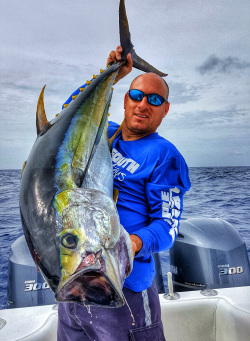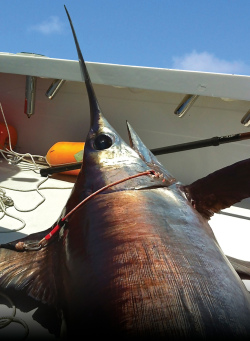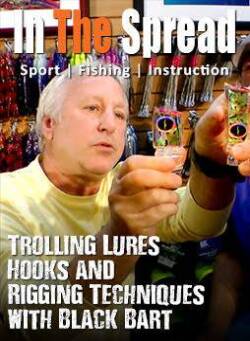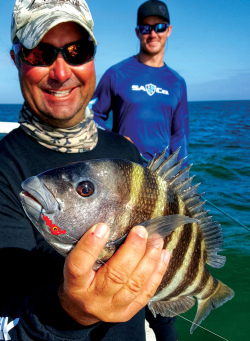Discover valuable insights on targeting blue marlin from Captain Kevin Hibbard, a Kona fishing pro. Learn about feeding times, fish movements, water conditions, currents, and structure, as well as the differences between bait and lure fishing. Kevin's calm approach allows you to learn from his experience and become a smarter fisherman.
Blue Marlin - Fishing Kona with Kevin Hibbard
(00:22:33)
Watch Full Video
View Short Trailer
Instructor:
Kevin Hibbard
Description
/
Review
/
Instructor
Summary of Key Points
- Captain Kevin Hibbard shares his insights on targeting blue marlin in Kona, Hawaii
- Discusses feeding times, water conditions, structure, and differences in fishing lures and baits
- Kevin's Kona program is refined through decades of experience and learning from top fishermen
- Kona offers endless possibilities, requiring anglers to be prepared for various species
- Understanding bite times, currents, structure, and water conditions is crucial for success
Captain Kevin Hibbard, a seasoned marlin fishing captain based in Kona, Hawaii, shares his extensive knowledge and experience in targeting blue marlin in this informative In The Spread marlin fishing video. With decades of experience fishing in Kona and learning from some of the world's best fishermen, Kevin has refined his techniques and strategies to consistently catch these magnificent billfish.
Login
to leave a review.
User Reviews
There are no reviews yet.Kevin Hibbard
Captain Kevin Hibbard, a renowned blue marlin fishing expert, has a deep connection to the ocean and has honed his skills in heavy tackle and lure fishing. He has honed his knowledge and techniques from the best captains in the business, including Henry Chee and George Parker. Hibbard's approach to fishing is simple, focused, and trusting, ensuring the best lures are chosen for the ocean's conditions. His dedication to the craft and his passion for the ocean's giants make him a sought-after fishing expert.
Read moreVideos
We Recommend
0




